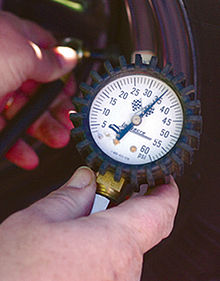I hate to contradict my friend and mentor Professor ionbeam, but while lowering the rear end
will alter the steering angles, that change will actually
improve the straight line stability (at the cost of slower steering) . I don't think that the lowering links would be the cause of his wobbling woes unless it also did something negatively to the aerodynamics.
Of course, I could be wrong. It has happened a time or two before.

And to the OP, yeah, 36 is way too low for the front tire. 40 should work fine as long as you haven't already cupped the front due to the low pressure.
Also, you didn't mention, what windshield are you running?































































